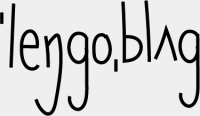Conlangs & computer games, part 3: Ancient robots in space!
Conlangers are generally aware that their hobby is a little bit inaccessible. It’s one thing that you need some knowledge of linguistics to invent interesting languages, but quite another that it takes a similar level of knowledge to understand and appreciate the decisions made in someone else’s conlang. A detailed noun class system can subtly express a lot of cultural nuances… but only to an audience who knows what a “noun class system” even is. This nuanced inaccessibility is a trait which the medium shares with the 2019 video game Heaven’s Vault, developed by the English game studio Inkle. The game takes an experimental approach to language, game mechanics and narrative, and this is at the root of … ↪






